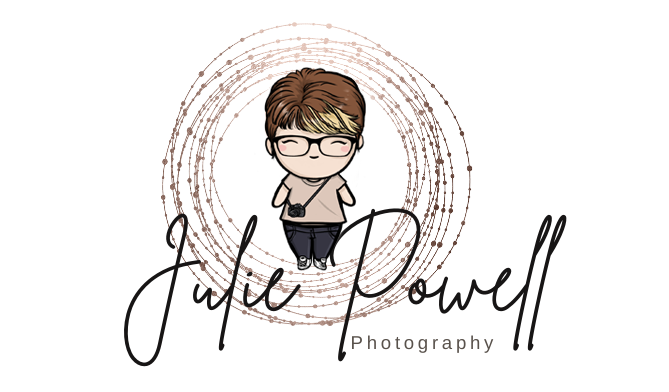Long exposure photography: Capturing the flow of time
Imagine a world where rushing waterfalls appear silky smooth, speeding cars transform into streaks of light, and clouds morph into ethereal wisps across the sky. This is the magic of long-exposure photography, a technique that allows you to capture the passage of time in a single image.
Beyond the snapshot
Unlike traditional photography that freezes a single moment, long exposures stretch time, revealing hidden movement and drama in everyday scenes. It’s a technique that goes beyond capturing “what” to showcasing “how” — how a waterfall cascades, how traffic flows, or how the stars rotate across the night sky.
Unlocking creativity
Long-exposure photography opens a door to a world of creative possibilities. Here are some ways to explore this technique:
Smooth water: Capture the mesmerizing flow of waterfalls, rivers, or crashing waves, transforming them into silky, dreamlike textures.
Light trails: Paint vibrant streaks of light from cars, trains, or even fireflies, adding dynamism and energy to nighttime scenes.
Star trails: Witness the Earth’s rotation by capturing the movement of stars as they appear to streak across the sky.
Cityscapes at night: Transform bustling cityscapes into calming scenes by blurring moving cars and people, leaving behind the essence of the urban environment.
Cloud drama: Long exposures reveal the dynamic movement of clouds, adding a sense of drama and storytelling to your landscapes.
OKKO Magnetic filters
Gearing up
While a fancy camera isn’t essential, there are a few key pieces of equipment that will enhance your long-exposure photography experience:
Tripod: A sturdy tripod is crucial to ensure camera stability during long exposures, preventing blurry images.
Neutral Density (ND) Filter: This filter helps reduce the amount of light entering your camera. Allowing you to use slower shutter speeds even in bright daylight conditions.
Remote Shutter Release: Minimize camera shake by using a remote shutter release to trigger the long exposure. Without touching the camera or consider using a 2 or 5-second timer on your camera.
Tips for success
Planning is key. Scout your location beforehand, visualize your shot, and consider factors like wind and light movement.
Experiment with shutter speeds. Start with longer shutter speeds. Adjust based on the desired effect and the amount of light available.
Focus and aperture: Ensure your subject is in focus and adjust your aperture for depth of field control. Wider aperture for shallower depth of field, narrower aperture for sharper overall image.
Embrace the unexpected. Long-exposure photography can be unpredictable. Sometimes, unexpected elements might add a unique touch to your image.
Streets of Melbourne
Embrace the flow
Long-exposure photography is an invitation to slow down, observe the world around you, and capture its subtle beauty. It’s a technique that allows you to see beyond the surface and appreciate the dynamic nature of our world. So, grab your camera, explore the possibilities, and start capturing the flow of time!






